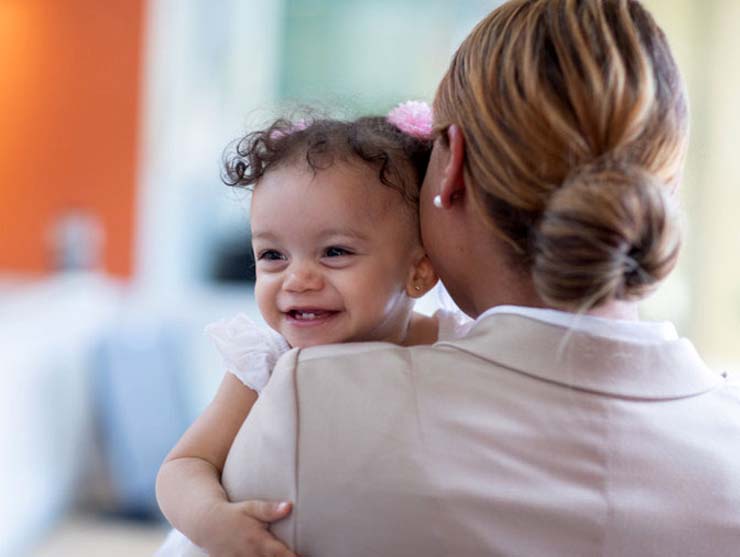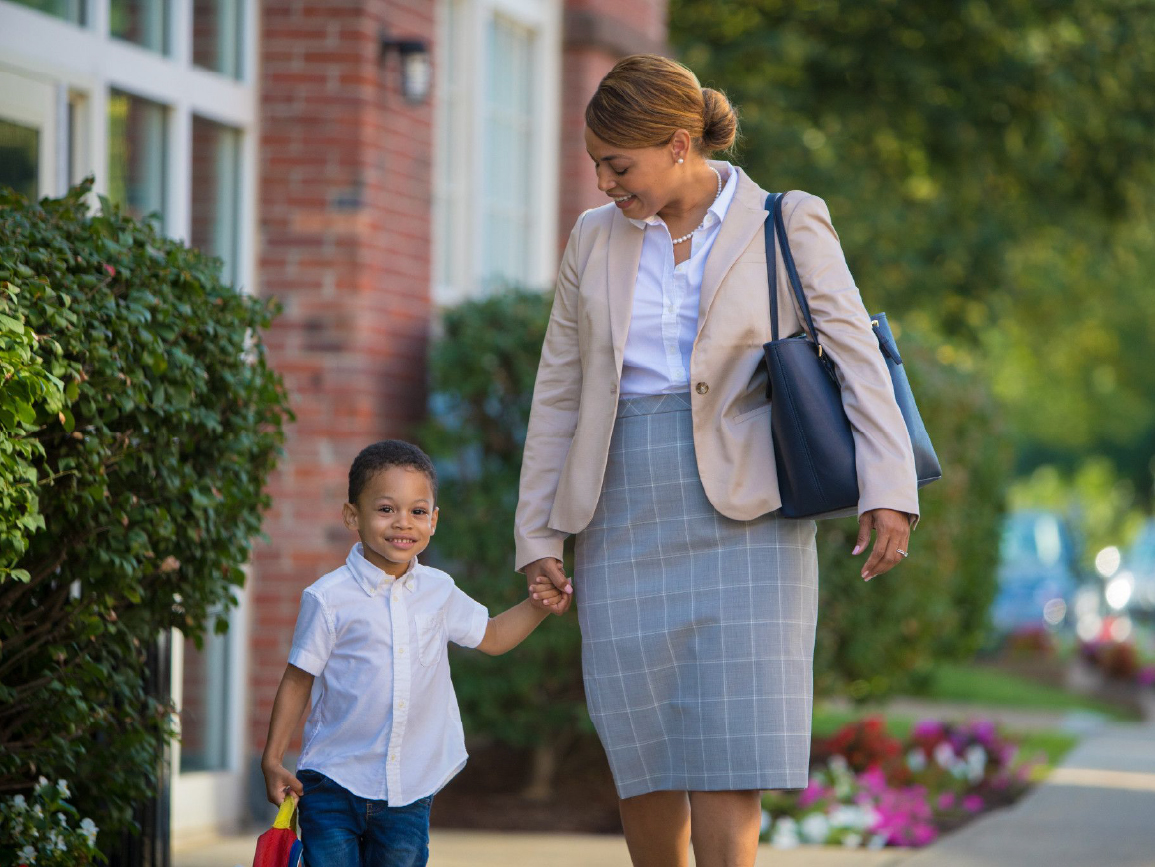Have you ever noticed how children often seem to prefer the box a toy came in to the toy itself? That’s because children love anything that invites open-ended, imaginative play. Toys often have only one use or purpose, but a box has unlimited potential for play.
Bright Horizons classrooms often use “loose parts,” which are similarly appealing to children. Loose parts are found, made, or low-cost purchased objects. They might even be things adults would classify as junk, but kids see them as potential treasure.
Examples of Loose Parts
- Natural materials, e.g., smooth stones and sticks, shells, pine cones, or gemstones
- Corks, wooden knobs, dowels, or spools
- Cardboard or PVC tubes or funnels
- Muffin tins, straws, colanders, flatware, egg beaters, or fabric
The Benefits of Loose Parts
Loose parts:
- Are often free, inexpensive, or recycled materials
- Can be used in many, many ways
- Are real and authentic
- Engage children for hours
- Build children’s creativity, problem-solving, and critical thinking
Tips for Using Loose Parts
- Ensure that all materials are non-toxic and have no sharp or loose edges
- Make sure parts for babies and toddlers don’t pose a choking hazard
- Create labeled, designated storage for loose parts
Loose Parts for Every Age
Babies and Toddlers
Offer babies and toddlers objects that provide sensory exploration, such as objects with different textures (velvet fabric, sandpaper, or ribbed card paper). Offer objects that are reflective or shiny such as metal bowls, non-breakable mirrors, or prisms.
Babies will want to put everything you offer in their mouths. Make sure all materials are clean and safe, and be present for supervision.
Preschoolers and Older Children
Offer preschoolers and older children loose parts for building, exploring, and collaborating. Children can use cardboard boxes, PVC pipes, sticks, and rocks to make towers or bridges, for example. Children can explore basic physics concepts with plastic tubing and funnels. Many loose parts such as fabric, scarves, natural objects, or old dishes can spark pretend play and collaboration.
If possible, try to offer space in your home or yard for children to save something they’ve built or they’re playing with for several days.
Keep a stash of loose parts in your home, rotate them, and add to them from time to time. Loose parts need no instructions or batteries, but they offer hours of engaging, creative play for kids.





